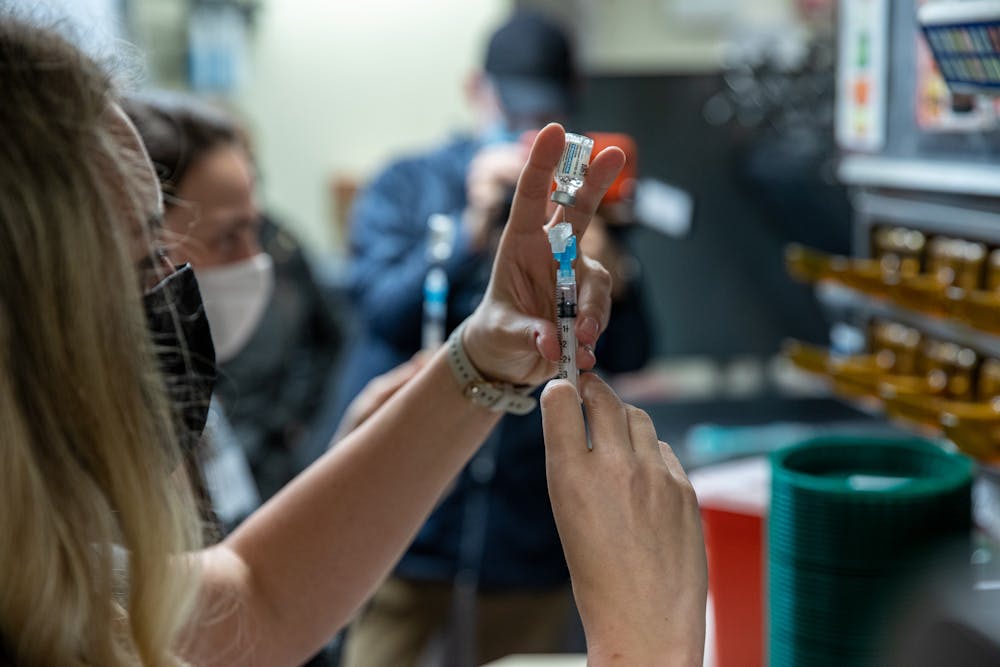The COVID-19 vaccination rate in Orange County is not as high as the Centers for Disease Control and Prevention previously reported.
The error stems from calculating vaccination rates based on where people received their shots instead of where they lived.
After the miscalculation was accounted for, the North Carolina Department of Health and Human Services announced Orange County's vaccination rate decreased 11 percent.
“Last week, the state discovered a reporting error which impacted vaccination rates for several counties across the state," Orange County Health Director Quintana Stewart said in an email. "It appears that the CDC was using a vaccination report based on county of administration rather than county of residence.”
Stewart said the CDC is now providing the NCDHHS with the correct vaccine information, which can be found on their online public dashboard.
Orange County had the second greatest drop in vaccination rates after the data was adjusted. Hoke County saw the highest reduction in vaccination rates at 19 percent after the update.
The rate of fully vaccinated individuals in Orange County as of Oct. 12 is 70 percent, while 72 percent of the population is partially vaccinated.
However, not all of the previously used information was misrepresented.
“The change in county data for federal entities will not impact demographic data, which does not include vaccinations provided by the Department of Defense, Veterans Affairs or Indian Health Service,” Stewart wrote.



